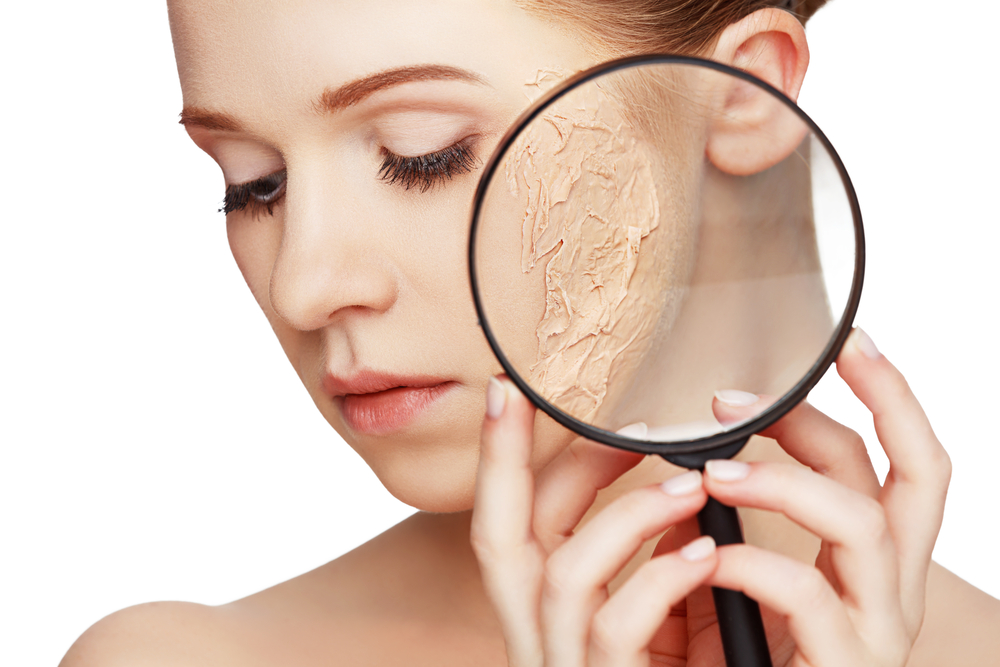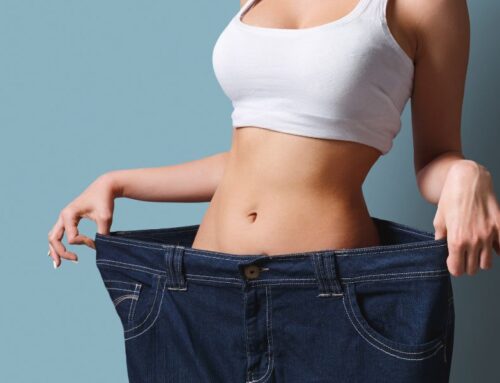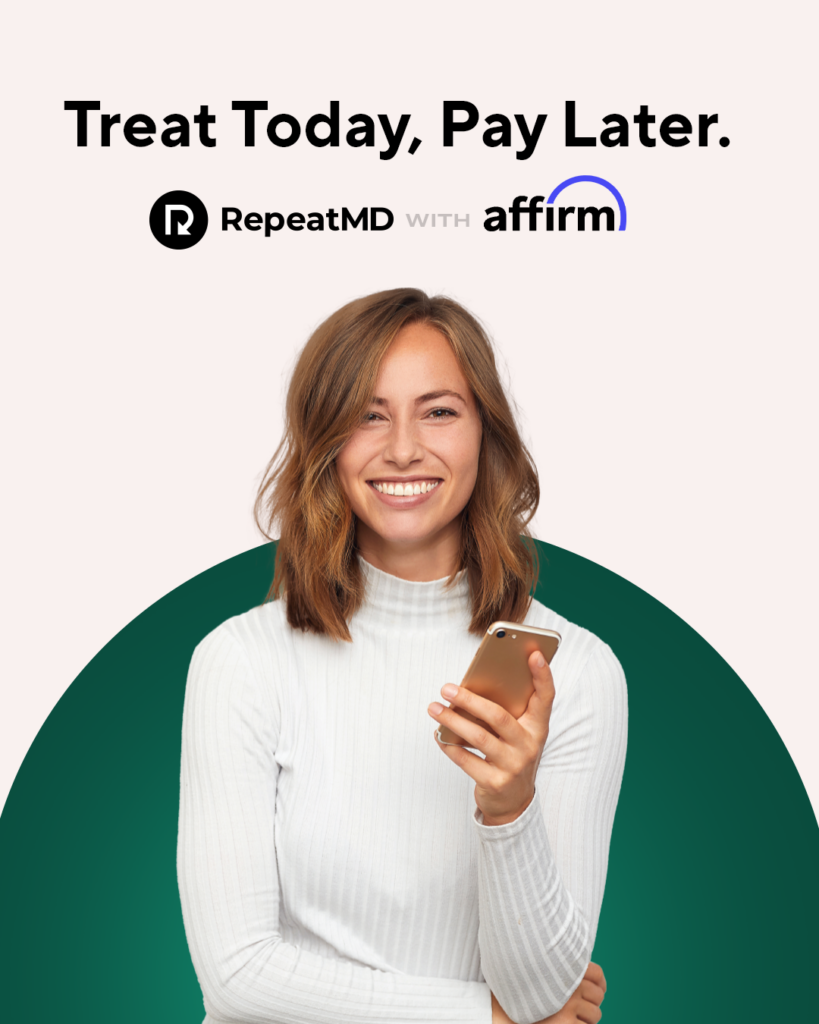
Hyperpigmentation is when patches of skin are darker than the surrounding skin. This condition occurs when specific cells in the skin produce an excess of the pigment called melanin. Hyperpigmentation can present as freckles, age spots, or larger areas of darkened skin.
There are various causes for hyperpigmentation. The most common include injury, inflammation, sun damage, abnormal skin growths, hormone changes, pregnancy, or other medical conditions. Certain medicines, including some anticancer drugs, can also cause hyperpigmentation. Hyperpigmentation can occur in small patches, cover large areas or affect the entire body.
Hyperpigmentation can be highly frustrating for many people, but the good news is there are several treatments available to improve it and to help prevent it in the future.
Chemical Peels
Chemical peels include ingredients such as AHAs like glycolic acid, BHAs like salicylic acid, and TCA. These deep exfoliants can break up clusters of melanin forming dark spots. Chemical peels remove the top layers of skin, allowing new, healthy skin to form in its place.
Intense Pulsed Light (IPL)
IPL is an ideal choice if you want to improve the appearance of your complexion without removing the upper layer of the skin.
An IPL photofacial utilizes pulses of light to reach several layers deep into the skin. These light pulses target pigmentation and redness as well as stimulate collagen. This gentle, state-of-the-art approach creates a more youthful and smoother appearance. Patients can opt to treat the entire face, neck, chest, or hands.
Laser Therapy
Laser Therapy utilizes targeted beams of light to improve hyperpigmentation. There are two main categories of lasers: ablative and non-ablative. Ablative lasers are more intense, and they involve removing layers of your skin. On the other hand, non-ablative procedures target the dermis to stimulate collagen and provide a tightening effect.
The body’s natural healing process creates new, healthy tissue to replace the areas of affected tissue, resulting in healthier, younger-looking skin. Both types treat hyperpigmentation, and the best one depends on the patient’s skin type and goals.
Hydroquinone
Hydroquinone is frequently found in skin brightening products because of its powerful impact on hyperpigmentation. This key ingredient bleaches your skin by decreasing the number of melanocytes present. Melanocytes make melanin, which is what produces your skin tone. Hyperpigmentation means that there is more melanin present due to an increase in melanocyte production. By controlling these melanocytes, the skin becomes more even over time.
Sun Protection
The best way to prevent hyperpigmentation is by using a sunblock with zinc oxide and titanium dioxide. The best type of sun protection is a mineral-based sunblock because they are physical blockers of sun exposure. Mineral sunscreens protect against both the sun’s UVB and UVA rays, which are the two types of ultraviolet radiation that cause damage to your skin. Look for “full-spectrum” or “broad spectrum” on the bottle.





